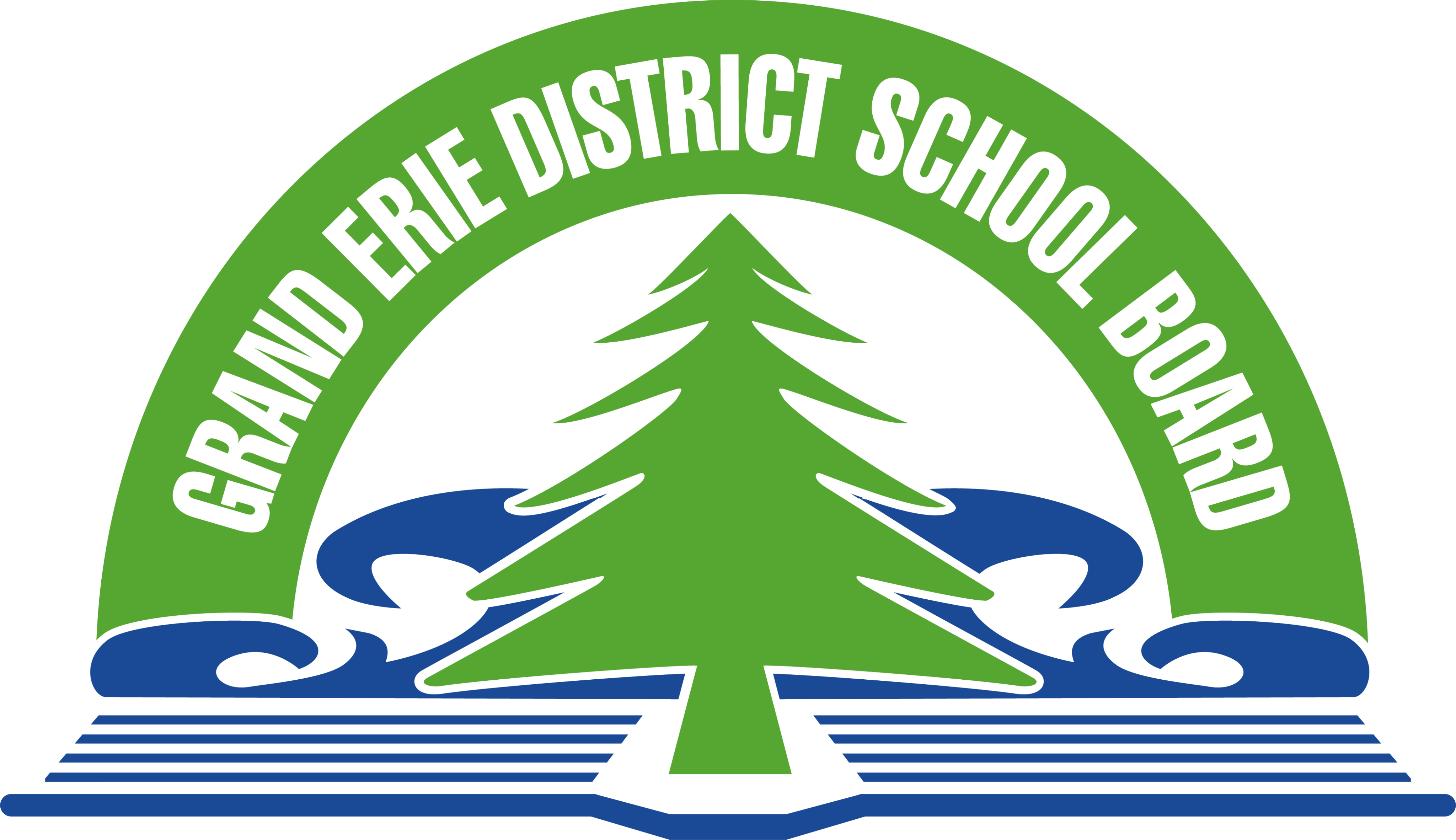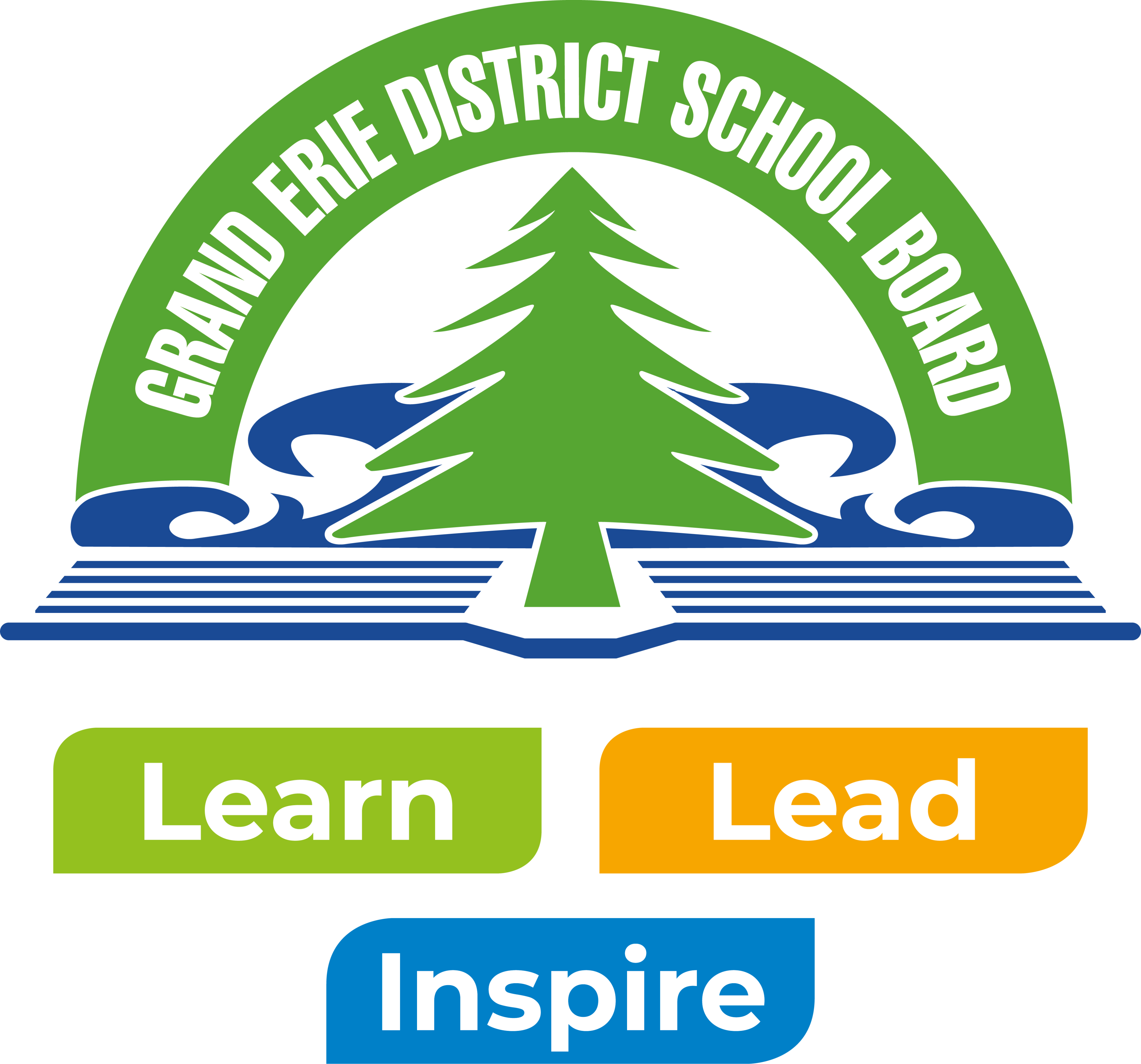Beginning in September 2021, American Sign Language as a Second Language programs in secondary schools will be based on the expectat
Read MoreBeginning in September 2021, American Sign Language as a Second Language programs in secondary schools will be based on the expectations outlined in this curriculum policy.
American Sign Language (ASL) as a second language curriculum introduces students to a language that has a distinct grammatical and syntactic structure not derived from any other language, either spoken or written. ASL is a complex language that can express the full breadth of human experiences, including the theories and principles that are conveyed in disciplines such as science, education, history, politics, law, culture, sports, and literature. ASL cultural identity inextricably interwoven with ASL as a language, and ASL is distinct from other sign languages of the world.
Show LessFocus Areas
- Dance
- Drama
- Music
Visual Arts - Integrated Arts
- Exploring and Creating the Arts
- Media Arts
*New for 2024 – 2025
BEM 1O (Building the Entrepreneurial Mindset)
In this course, students will learn what makes an entrepreneur thrive and the skills required to succeed in today’s business environment. Students will begin to develop their own entrepreneurial mindset, and learn why it’s important to take initiative, adapt to change, find creative solutions, and understand the financial considerations of entrepreneurship. This hands-on course will use business software and applications to help students plan and develop their entrepreneurial ideas and learn how to present them to a target audience. Throughout the course, students will enhance their communications skills as well as develop and refine their project management skills, including goal setting, time management, and networking.
BEP 2O (Launching and Leading a Business)
This course introduces students to the world of business and what is required to be successful, ethical, and responsible in today’s economy.
Students will develop the knowledge and skills needed to be an entrepreneur who knows how to respond to local and global market opportunities. Throughout the course, students will explore and understand the responsibility of managing different functions of a business.
This includes accounting, marketing, information and communication technology, financial management, human resources, and production.
Show LessCitizenship education is an important facet of students’ overall education. In every grade and course in the Grade 9 and 10 Canadian and world studies curriculum, and particularly in Civics and Citizenship in Grade 10, students are given opportunities to learn about what it means to be a responsible, active citizen in the community of the classroom and the diverse communities to which they belong within and outside the school. It is important for students to understand that they belong to many communities and that, ultimately, they are all citizens of the global community
New for 2024-2025 CGC 1W (Exploring Canadian Geography; DE streamed)
Show LessTo be completed later. To be completed later. To be completed later. To be completed later. To be complete
Read MoreTo be completed later. To be completed later. To be completed later. To be completed later. To be completed later. To be completed later. To be completed later. To be completed later. To be completed later. To be completed later. To be completed later. To be completed later. To be completed later. To be completed later. To be completed later.
Show Less
New for 2023-2024 ENL 1W (G. 9 Destreamed English)
This course enables students to continue to develop and consolidate the foundational knowledge and skills that they need for reading, writing, and oral and visual communication. Throughout the course, students will continue to enhance their media literacy and critical literacy skills, and to develop and apply transferable skills, including digital literacy. Students will also make connections to their lived experiences and to society and increase their understanding of the importance of language and literacy across the curriculum.
Show LessThe ability to speak and understand French allows students to communicate with French-speaking people in Canada and around the world
Read MoreThe ability to speak and understand French allows students to communicate with French-speaking people in Canada and around the world, to understand and appreciate the history and evolution of their cultures, and to develop and benefit from a competitive advantage in the workforce.
While the knowledge of any language has value, French is not only a global language but the mother tongue of many Canadians and an integral part of the Canadian identity. Learning French equips students to communicate with French-speaking Canadians and millions of French speakers around the world.
In addition to strengthening students’ ability to communicate, learning another language develops their awareness of how language and culture interconnect, helping them appreciate and respect the diversity of Canadian and global societies. When a student is exposed to another culture through its language, he or she begins to understand the role that language plays in making connections with others. Learning an additional language not only challenges the mind but also teaches understanding, encourages patience, and fosters open-mindedness.
Show LessScience is a way of knowing that seeks to describe and explain the natural and physical world. An important part of scientific liter
Read MoreScience is a way of knowing that seeks to describe and explain the natural and physical world. An important part of scientific literacy is an understanding of the nature of science, which includes an understanding of the following:
What scientists, engineers, and technologists do as individuals and as a community.
How scientific knowledge is generated and validated, and what benefits, costs, and risks are involved in using this knowledge.
How science interacts with technology, society, and the environment.
The Science Curriculum uses the following strands (Grade 9 and 10) and Courses (Grade 11 and 12)
Biology, Chemistry, Earth and Space Science, Environmental Science, Physics
Show LessTechnological education focuses on developing students’ ability to work creatively and competently with technologies that are central to their lives. As they proceed through their elementary and secondary school education, students attain a level of technological literacy that will enhance their ability to succeed in their postsecondary studies or in the workplace. For students who do not choose to pursue careers in technology, technological education can provide knowledge and skills that will enhance their daily lives, whether by enabling them to work on home renovations or car repairs or by allowing them to pursue technological hobbies.
Technological Studies Areas can include
Technology and the Skilled Trades (Grade 9 or 10) New for 2024-2025
- Construction Technology
- Green Industries
- Automotive Technologies
- Hospitality and Tourism
- Hairstyling and Aesthetics
- Health Care
- Communication Technology
- Computer Technology
- Manufacturing Technology
- Technological Design

